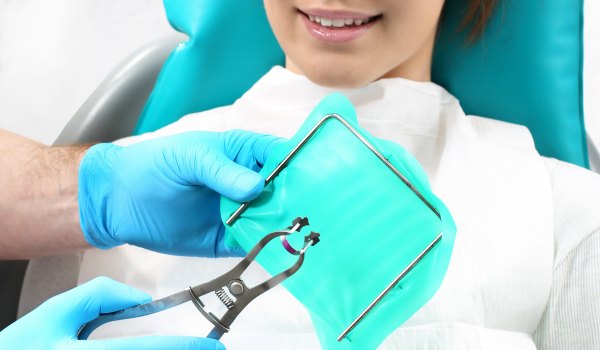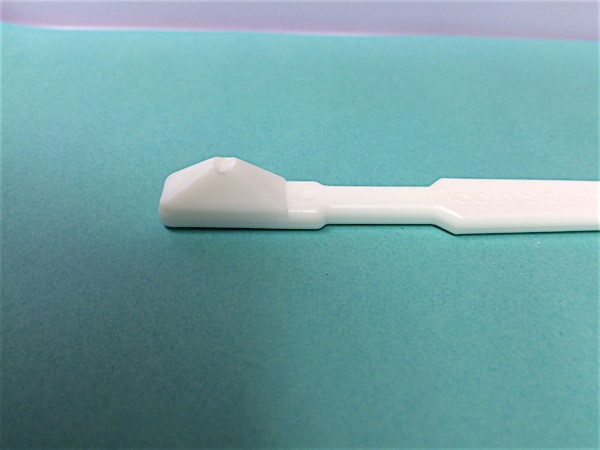The cause of endodontic disease is bacteria (1), so the two big goals of root canal treatment are:
- Get rid of bacteria in the tooth
- Keep bacteria out of the tooth
Endodontists use a variety of instruments, irrigants and procedures to accomplish these goals. One of the simplest and most effective ways of keeping bacteria and your saliva from getting into the tooth during root canal treatment is the use of a rubber dam (2). This is a small sheet of (latex or non-latex) rubber with a little hole in the middle. Only the tooth undergoing treatment peeks out through the little hole and is isolated from the rest of the mouth. The rubber dam isolation also keeps the dentist’s instruments, water spray, and other irrigants out of the rest of your mouth, and reduces the risk of aspiration of instruments etc. The American Association of Endodontists considers the use of a rubber dam the standard of care (3). At Ocean MicroEndodontics, we are committed to increasing the success of treatment as much as possible. As such, we consistently use rubber dams when performing non-surgical endodontic procedures.
- Kakehashi S, Stanley HR, Fitzgerald RJ. The effects of surgical exposures of dental pulps in germ-free and conventional laboratory rats. Oral Surg, Oral Med, Oral Pathol. 1965; 20:340-9.
- Cochran MA, Miller CH, Sheldrake MA. The efficacy of the rubber dam as a barrier to the spread of microorganisms during dental treatment. J Am Dent Assoc 1989; 119:141-4.
- AAE Position Statement: Dental Dams. AAE Clinical Practice Committee. 2010.





